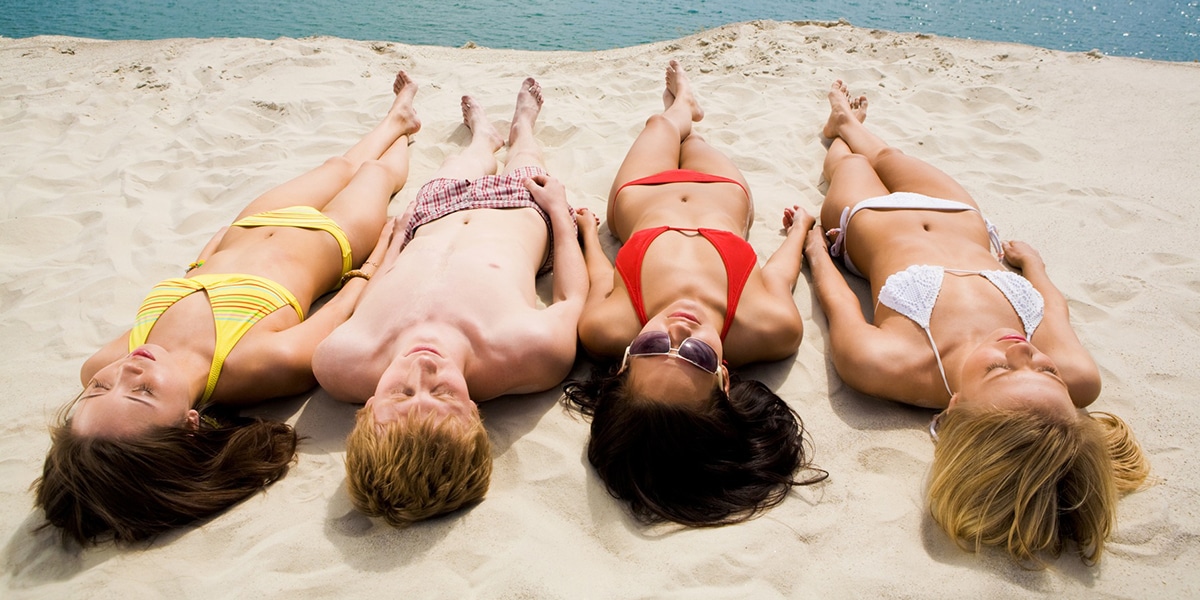In China, Korea, and Thailand, pale skin is often desired, whereas in the U.S., Europe, and Brazil, tanned skin is often desired.¹ This is even seen in the cosmetics industry. For example, most Korean makeup products offer SPF, while in the U.S., bronzing powder is quite popular. Australians also perceive tanned skin as beautiful,² and half of Australian adults are under the impression that a tan even looks healthy.³
Tanned skin wasn’t always “in”, though – pale skin used to be a status symbol, showing that one didn’t need to work outdoors.¹ To achieve a lighter complexion, women in the 1700s applied lead mixed with vinegar, known as Venetian ceruse or Spirits of Saturn, to their faces to whiten their skin.⁴ When the 1920s rolled around, a tan started to be seen as a sign of luxury in that one could relax outdoors and allow their skin to tan.¹ However, many people don’t realize that a suntan develops when your skin cells sense danger from UV rays. Tanning is a sure-fire way to increase your risk of developing skin cancer, so it’s no wonder why skin cancer is common in cultures where tanned skin is popular.
Perhaps North American and Australian beauty standards need to change before we see a reduction in skin cancer rates. If pale skin was once “in”, it can come back “in”; brands should be encouraged to use models with a variety of skin tones in their advertisements to encourage impressionable consumers to embrace their natural skin tone, whatever it may be. After all, “beauty is pain”, but beauty is not worth risking skin cancer.
Sources:
- Sarnoff, D. S. (2011). The Tale of Tanning. Retrieved July 28, 2016
- The University of Queensland Australia UQ News. (2000). Bronzed Aussie stereotype alive and well in adolescents. Retrieved July 28, 2016
- Cancer Council Australia. (2016). Skin cancer. Retrieved July 28, 2016
- Inglis-Arkell, E. (2015). One Of The Hazards Of The 1700s Was Death By Rouge. Retrieved August 29, 2016



